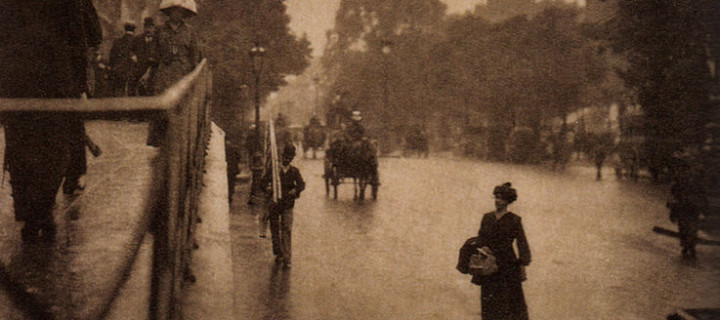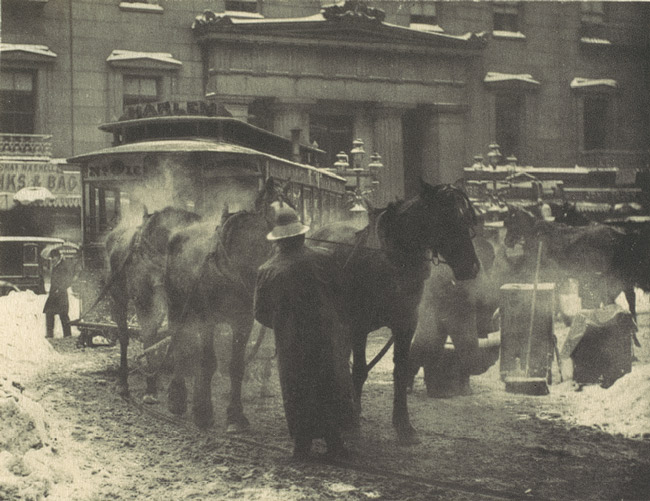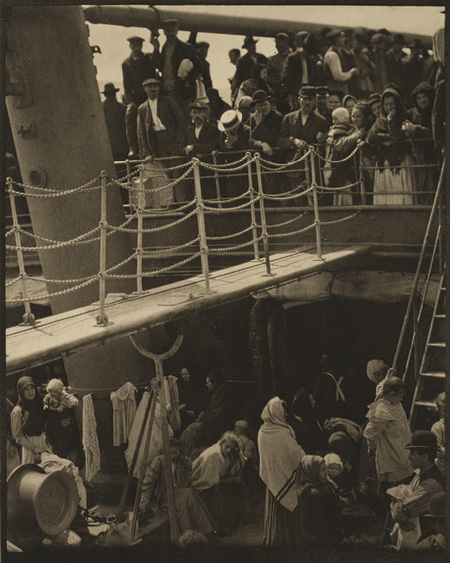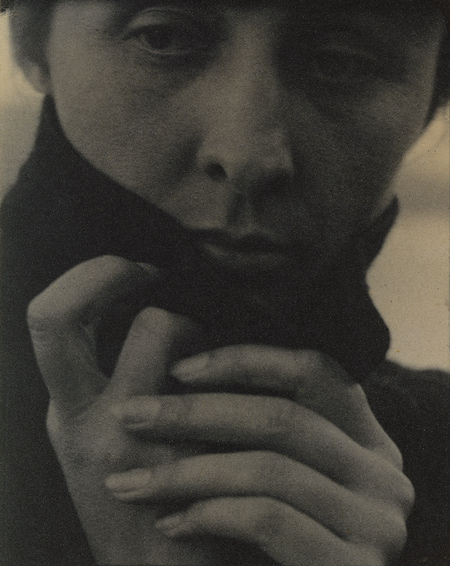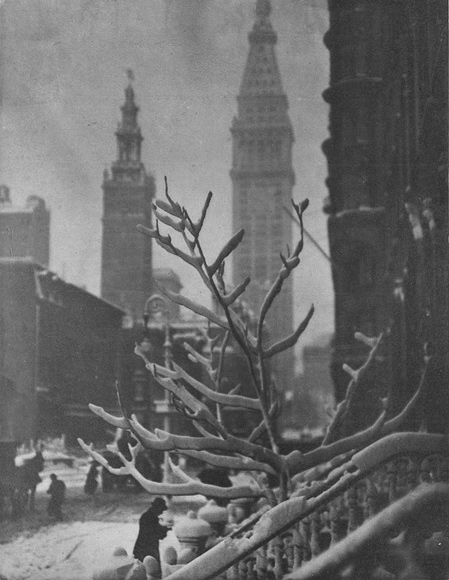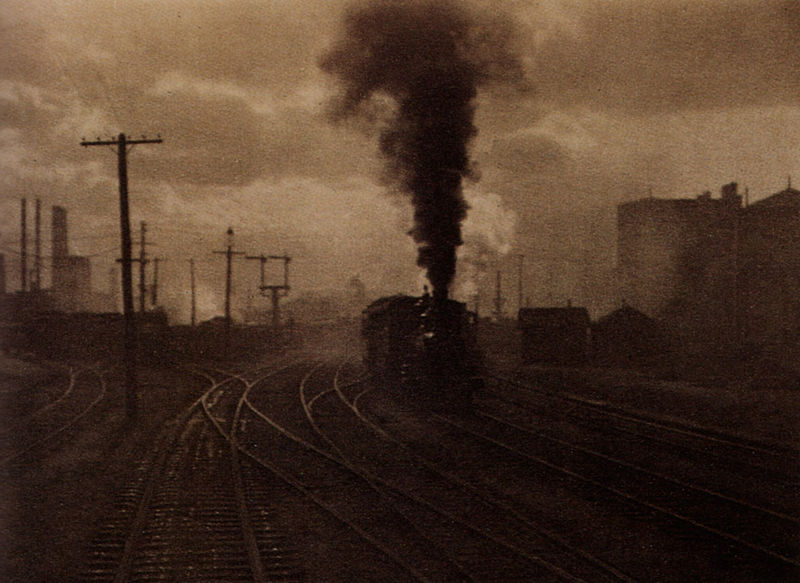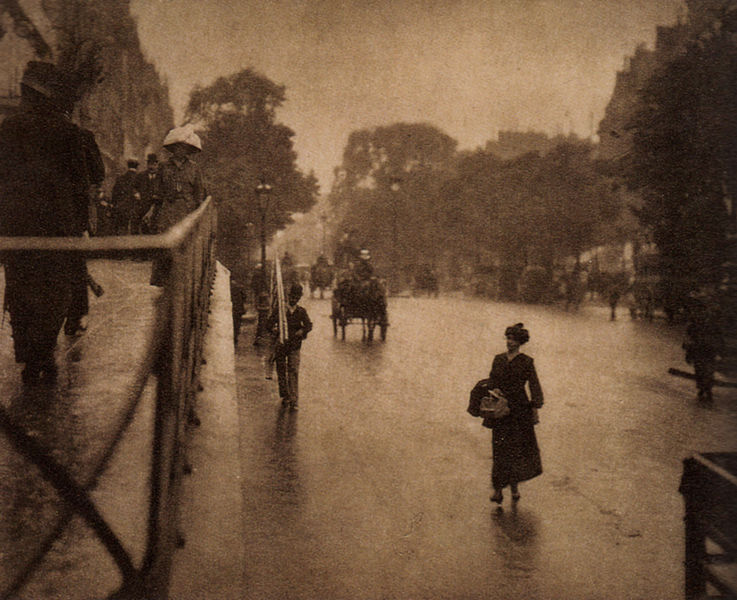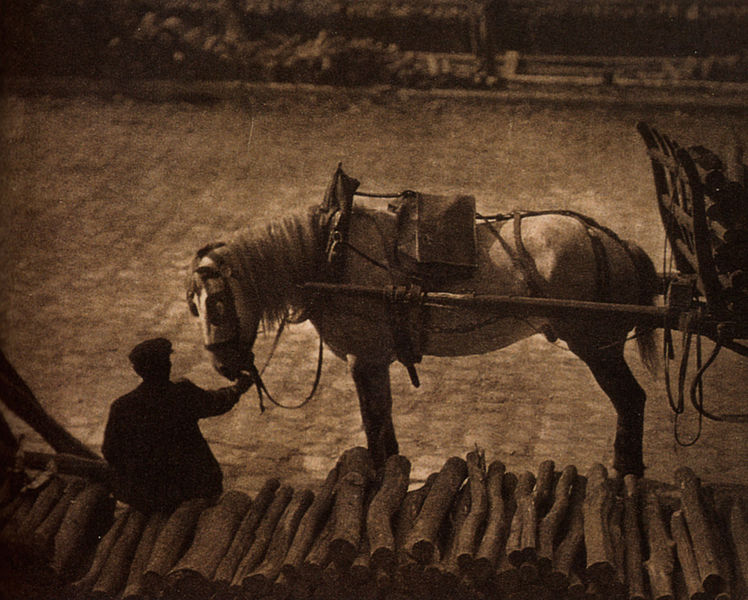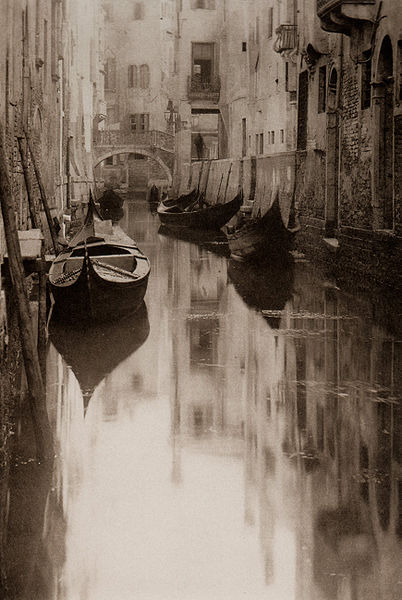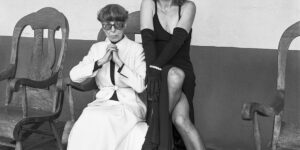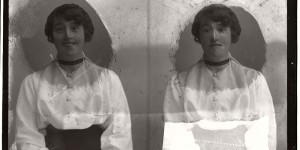Alfred Stieglitz ( born January 1, 1864 in Hoboken, New Jersey – July 13, 1946) was an American photographer, art dealer, publisher, advocate for the Modernist movement in the arts. He was the son of Edward Stieglitz, a German Jew who came to the United States in 1849 and went on to make a comfortable fortune in the clothing business.
In 1882 Stieglitz began studying mechanical engineering at the Technische Hochschule in Berlin. During this time Stieglitz began to collect the first books of what would become a very large library on photography and photographers in Europe and the U.S.[5] He read extensively as he collected, and through his library he formulated his initial thinking about photography and aesthetics. He was convinced that photography should be considered a fine art—at least potentially the equal of painting and the traditional graphic arts—and he was accustomed to getting his way. He quickly became a leader of photography’s fine-art movement in the U.S.
To promote his goals, Stieglitz introduced a quarterly publication called Camera Work – he was determined it would be “the best and most sumptuous of photographic publications”; its first issue appeared in January 1903, and a total of 50 issues would be produced before it ceased publication in 1917. The magazine would largely define the artistic ambitions of amateur photographers in the first quarter of the 20th century.

